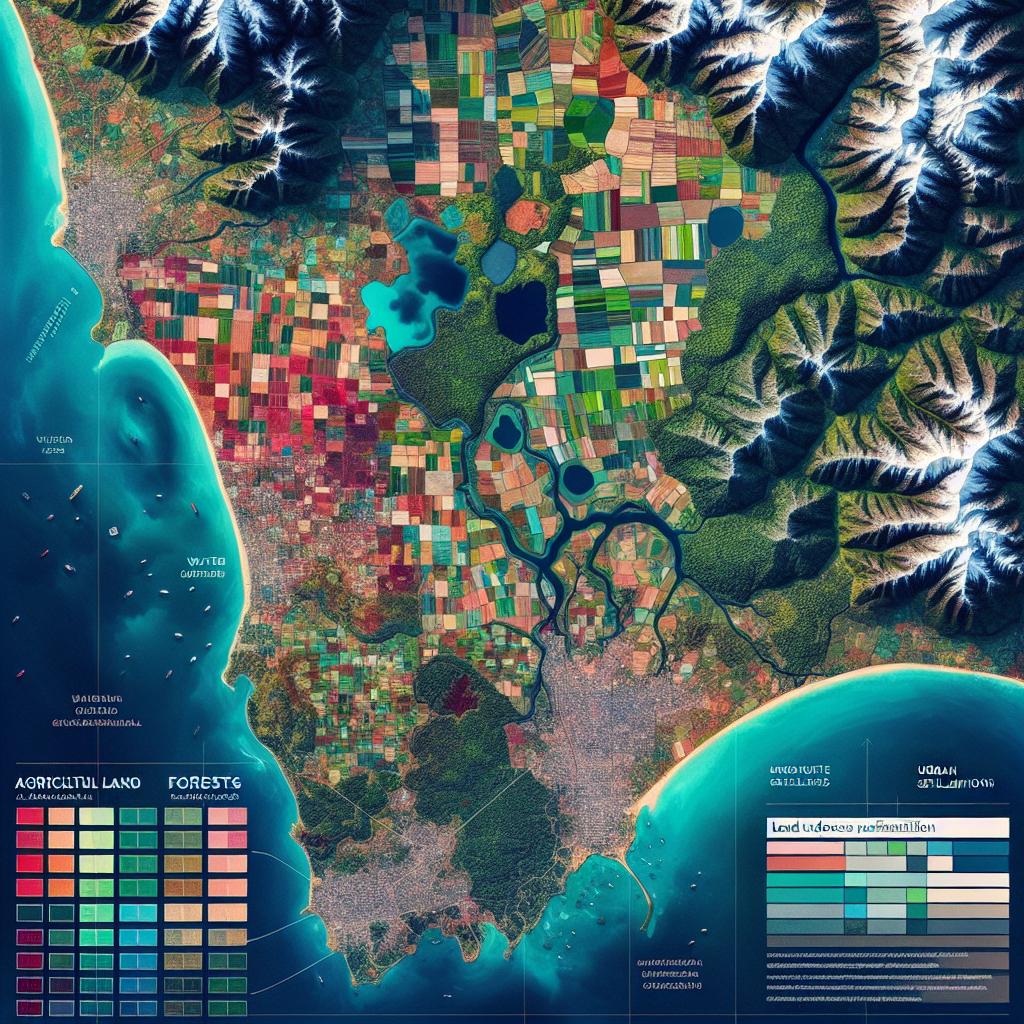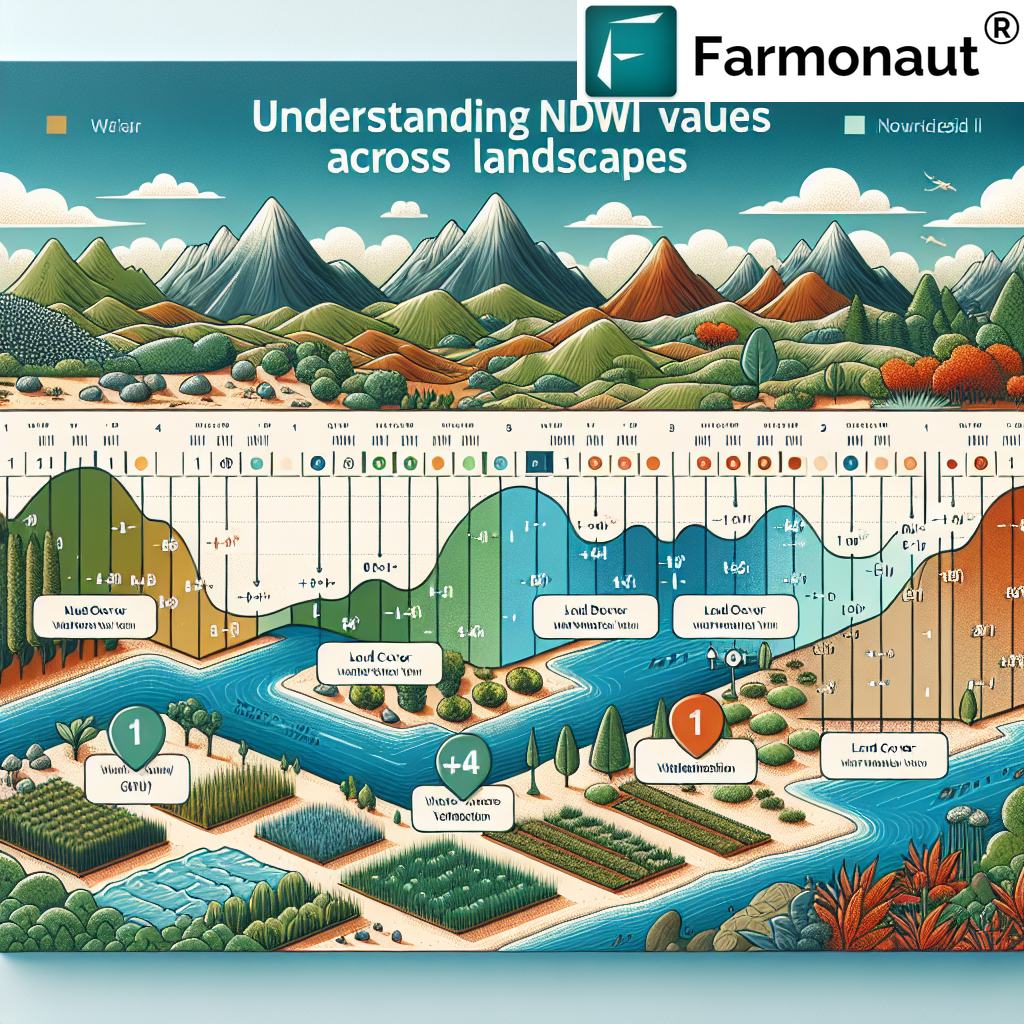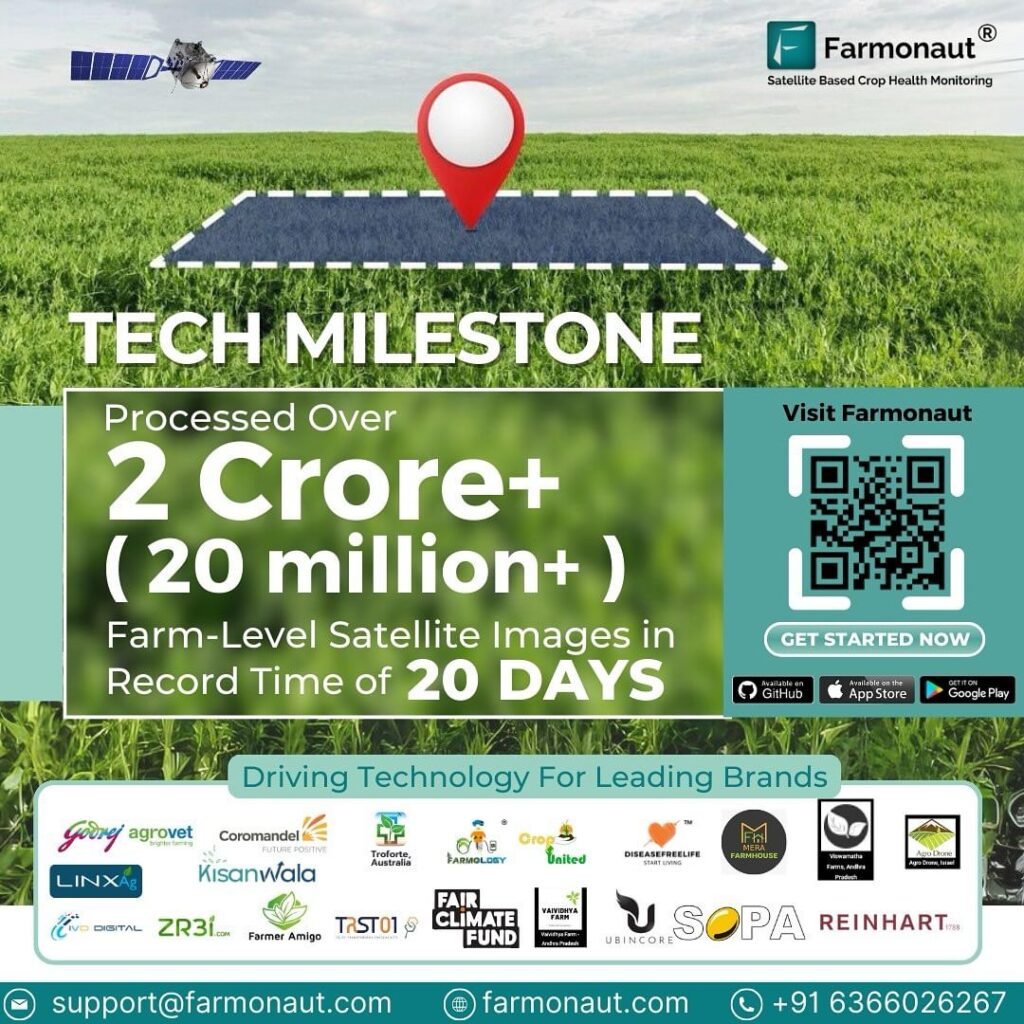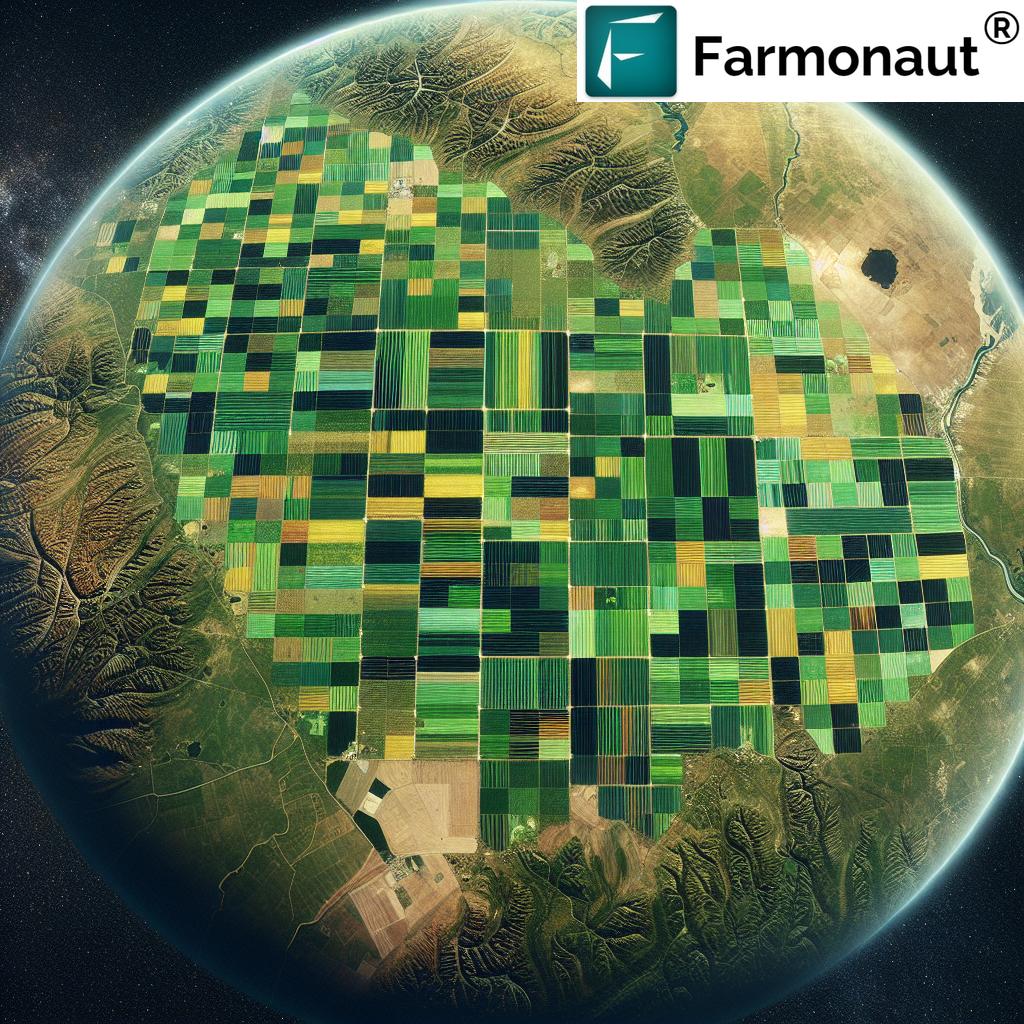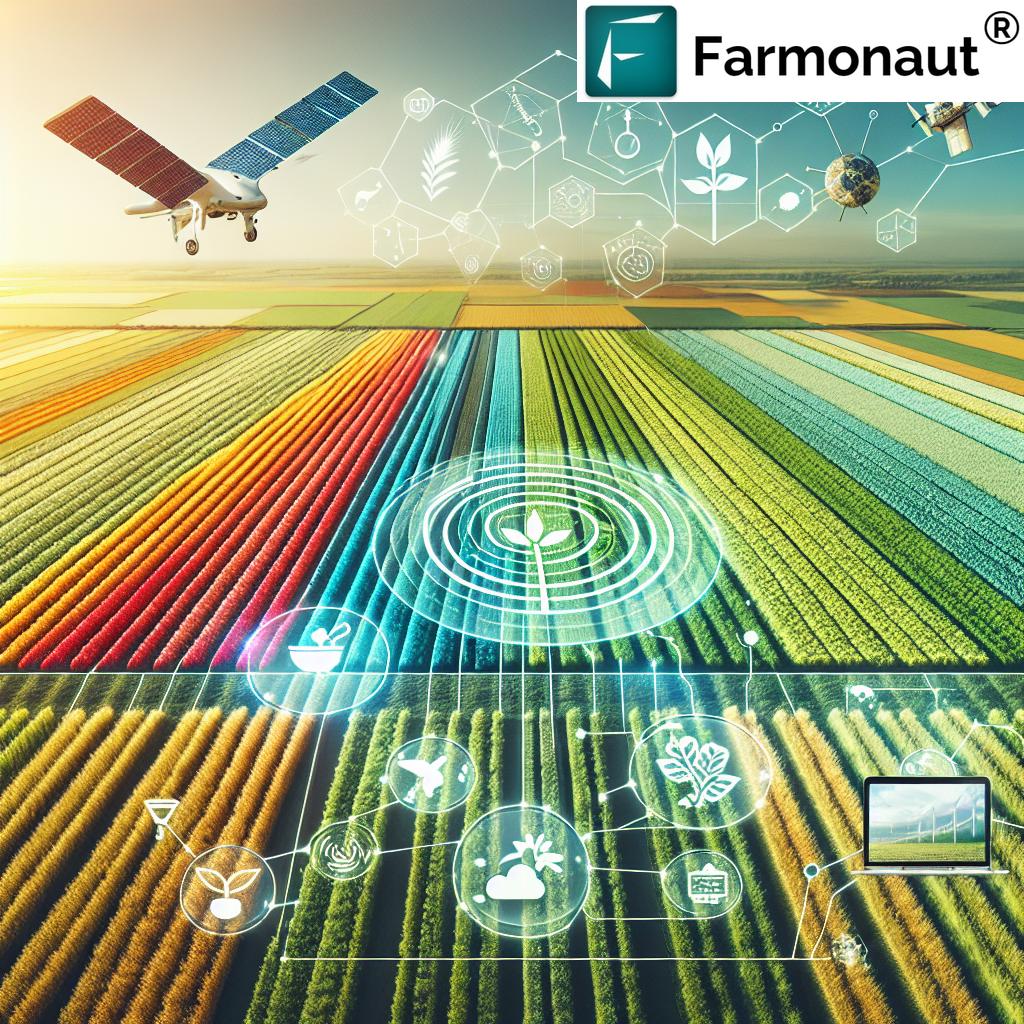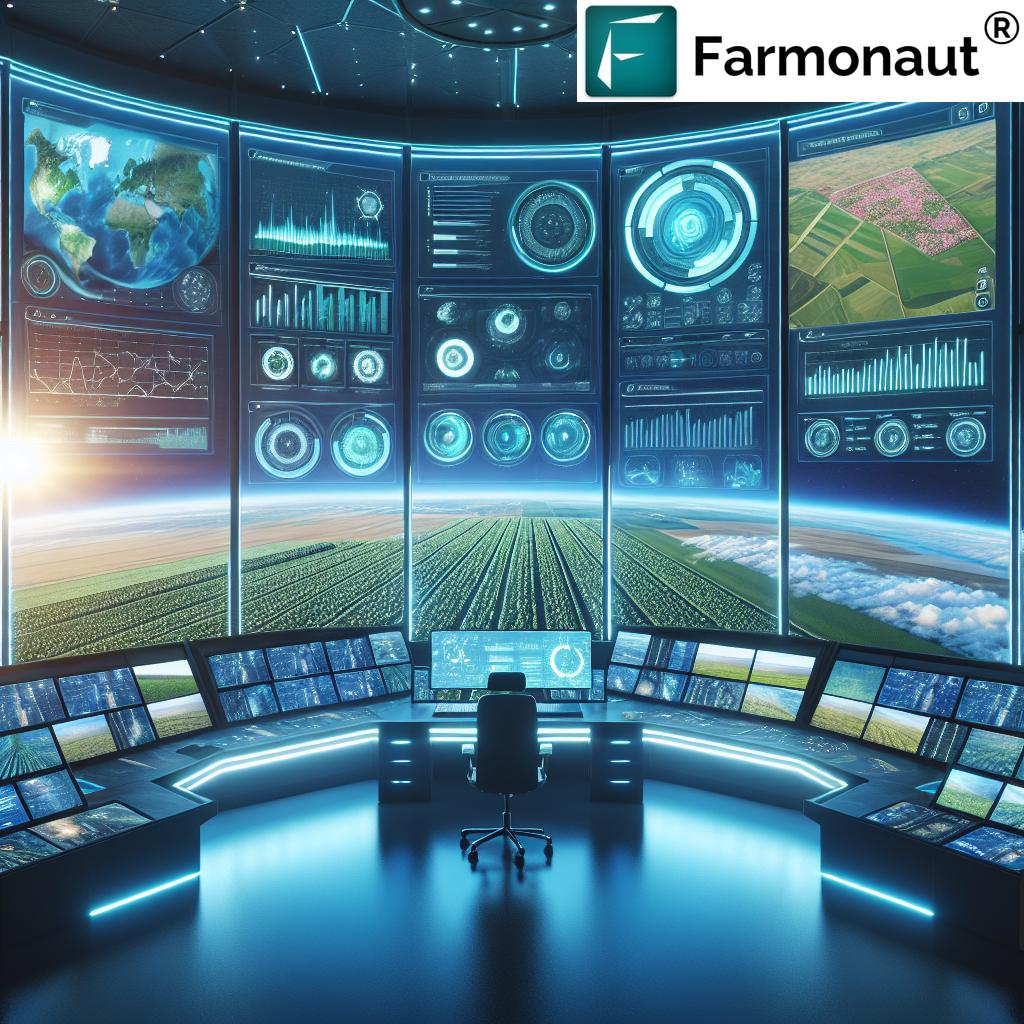Development of New Sensing Technology in Sustainable Agriculture: Revolutionizing Smart Environmental Monitoring & Sustainable Development (2025 Guide)
“Over 70% of sustainable farms now use advanced sensors for real-time soil and crop health monitoring.”
Introduction: The Future of Sustainable Agriculture & Sensing Technologies
The development of new sensing technology in sustainable farming and smart environmental monitoring has forged fresh pathways toward optimizing resource use, minimizing environmental impacts, and fostering resilient agriculture systems for 2025 and beyond. Confronted by a rapidly growing global population, intensifying climate variability, and increasing demands for food and natural resources, the agriculture sector is embracing advanced technologies and new sensing devices as crucial tools in the pursuit of sustainable development.
A shift is underway—from traditional practices reliant on intuition and blanket applications of chemicals, to smart, data-driven solutions underpinned by sensor networks, satellite imagery, and AI analytics. These innovations fundamentally revolutionize the way farmers monitor soil health, weather, crop conditions, pest infestations, and local ecosystem changes. Developing and leveraging this information is pivotal for environment friendly agriculture for sustainable development, delivering precision where it is needed most, and minimizing wastage and environmental footprints.
Let us explore in depth how sustainable agriculture and environment are being transformed through the integration, deployment, and adoption of these rapidly evolving sensing technologies.
Section 1: The Evolution of Sensing Technology in Sustainable Farming
For centuries, agricultural practices were guided by observation, experience, and trial-and-error. But as global challenges such as climate change, resource scarcity, and increasing food demands intensify, the need for more precise, data-supported approaches to environmental monitoring and resource management within agriculture has never been greater.
From Traditional Methods to Advanced Sensing Technologies
- Traditional Monitoring: Manual soil sampling, visual crop assessments, and localized weather readings
- Early Digital Tools: Standalone sensors for measuring soil moisture or temperature, often requiring on-site interpretation
- Next-Gen Sensing Technologies (2020s–2025 and Beyond):
- Deployment of smart, connected sensor networks across fields
- Integration of remote sensing from satellites and aerial drones
- AI-powered analytics and real-time data dashboards accessible via mobile devices
- Interconnected IoT systems automating critical farming decisions
These advances are pivotal in environmental monitoring, precise irrigation, targeted fertilization, water management, pest detection, and climate adaptation. By placing key information into the hands of decision-makers, farmers are better equipped to optimize resources, enhance soil health, support ecosystem services, and minimize excessive chemical inputs.
This is the foundation of sustainable development in smart agriculture: smarter, seamless integration of advanced technologies, sensor devices, and real-time data flows throughout the entire agricultural value chain.
Regenerative Agriculture 2025: Carbon Farming, Soil Health & Climate-Smart Solutions
Section 2: Precision Agriculture and Smart Environmental Monitoring
At the core of the development of new sensing technology in sustainable farming and smart environmental monitoring is the evolution toward precision agriculture—a paradigm that brings targeted, granular management to every stage of farming. With advanced sensors deployed across fields, real-time environmental data becomes the engine for reduced waste, greater productivity, and robust environmental stewardship.
Key Benefits of New Sensing Technologies for Sustainable Agriculture & Environment
- Precise Crop Needs Analysis: Sensors assess soil moisture, nutrient availability, and plant health, enabling site-specific interventions.
- Optimization of Water Use: Smart irrigation systems draw on moisture data to apply water only where and when it is crucial, typically reducing water use by up to 30% (see trivia below).
- Minimized Chemical Inputs: Nutrient and pest sensors help target fertilizer and pesticide applications, reducing environmental contamination and costs.
- Proactive Climate Adaptation: Microclimate and weather sensors provide hyper-local forecasts, enabling farmers to anticipate and mitigate risks from climate extremes.
- Reduced Wastage and Lowered Carbon Footprints: By eliminating excessive inputs and optimizing resource use, sustainable agriculture and environment can thrive—even as the global population continues to grow.
“New sensing technologies can reduce water usage in agriculture by up to 30% through precise environmental data analysis.”
How AI Drones Are Saving Farms & Millions in 2025
Real-World Applications: Optimizing Each Input
- Soil Moisture Monitoring: Soil sensors continuously assess moisture, allowing targeted irrigation and conserving precious water.
- Nutrient Mapping: Soil nutrient sensors identify localized deficiencies or excesses, allowing precision fertilizer application—reducing runoff and fertilizer use.
- Pest & Disease Monitoring: Imaging devices and machine learning algorithms detect early signs of pest infestations, supporting judicious use of crop protection products.
- Weather/Climate Stations: Hyper-local weather data informs proactive decisions to safeguard crops from drought, frost, or floods.
The result? Optimized yields, reduced costs, and a lower environmental impact—all aligning with the aims of sustainable development in smart agriculture.
Satellite Soil Moisture Monitoring 2025 – AI Remote‑Sensing for Precision Agriculture
Section 3: Real-Time Soil & Crop Health Monitoring in Environmentally Friendly Agriculture
In modern, environment friendly agriculture for sustainable development, staying informed about changing soil conditions, crop stress, and field microclimates is essential for optimizing resources and safeguarding productivity.
The Role of Soil Sensors in Sustainable Agricultural Practice
- Soil Health Tracking: Soil sensors measure pH, organic matter, moisture, and temperature, with results delivered instantly to a farmer’s device.
- Early Detection of Stress: Sensors send alerts the moment conditions become suboptimal—supporting timely, minimal intervention.
- Improving Long-Term Sustainability: Continuous soil health monitoring means farmers can boost yields while preserving biodiversity, soil structure, and natural fertility.
This vital, real-time feedback empowers farmers to build more resilient farming systems, maintaining soil quality, reducing chemical inputs, and ensuring sustainable outcomes—now and for future generations.
Farmonaut – Revolutionizing Farming with Satellite-Based Crop Health Monitoring
Section 4: The Role of IoT & Remote Sensing Devices in Sustainable Agriculture and Environment
The integration of Internet of Things (IoT) platforms with sensing devices is facilitating a leap in the management and monitoring of agricultural environments. Through networks of smart sensors connected directly to cloud-based data analytics, farmers receive accurate, actionable insights no matter where they are.
How IoT Platforms Support Smart Agriculture
- Wireless Sensor Networks (WSN): Networked sensors deployed across fields transmit soil moisture, nutrient, and weather data to a single dashboard.
- Remote Configuration & Control: Devices can be programmed and managed remotely, reducing labor and enabling fast, data-driven responses.
- Automated Irrigation & Equipment: IoT-controlled systems use live sensor input to deliver water, fertilizers, or pesticides in the right amounts and locations, substantially minimizing wastage.
- Continuous Operations: These systems operate 24/7, ensuring nothing is overlooked in a rapidly changing crop ecosystem.
The rise of IoT-driven smart systems is fundamentally transforming agricultural sustainability, especially within large-scale or resource-scarce regions, minimizing inputs and maximizing the return on every resource.
Smart Farming Future: Precision Tech & AI
Remote Sensing with Drones & Satellites: Macro to Micro Monitoring
- Drones: Capture high-resolution images for identifying crop stress, nutrient deficiencies, or pest outbreaks.
- Satellites: Deliver large-area, multi-temporal data on vegetation health, soil moisture trends, and weather impacts.
These remote sensing devices supply the macro and micro-level insights needed for sustainable management across large farms or fragmented landscapes.
JEEVN AI: The Future of Smart Farming with Satellite & AI Insights
Section 5: Satellite, AI & Blockchain—Cutting-Edge Advances for 2025
As we move into 2025 and beyond, advanced satellite-based monitoring, AI-powered analytics, and blockchain traceability systems are becoming the foundation of the agriculture environment and sustainable development landscape.
Satellite Imagery & Data Analytics
- Multispectral Imaging: Satellites can assess crop health, canopy cover, vegetation indices (NDVI/EVI), water stress, and even estimate soil nutrient status.
- Large-Scale Environmental Monitoring: Evaluate the health of vast ecosystems, carbon sequestration trends, and the impact of changing weather on agricultural productivity.
- Precision Mapping: Pinpoint areas of concern and guide resource allocation down to micro-zones within large plots.
These space-based tools empower farmers and policy-makers to make informed decisions that support SDG-aligned, sustainable food production.
How Satellite Tech is Revolutionizing Farming
Artificial Intelligence (AI) and Machine Learning in Smart Environmental Monitoring
- AI algorithms process continuous streams of sensor and remote sensing data, offering real-time recommendations for irrigation, fertilization, pesticide application, and harvest timing.
- Machine learning models detect evolving pest or disease threats by analyzing trends and patterns in imaging data.
- Advanced predictive analytics support robust, resilient responses to rapid changes in climate or environmental pressure.
Blockchain for Traceability and Transparency
- Blockchain provides an immutable record of resource use and production processes, fostering accountability and sustainability.
- Consumers, financial institutions, and global supply chains can trace crops from source to plate, ensuring environment friendly agriculture for sustainable development.
Discover more about our Product Traceability Solutions—leveraging blockchain to enable transparent, sustainable supply chains in agriculture.
Farmonaut® Satellite-Based Crop Health Monitoring
Section 6: Comparative Table – Traditional versus Advanced Sensing Technologies in Sustainable Agriculture
To better understand the environmental and resource-use impacts of these technologies, see the table below comparing traditional versus smart sensing technologies and their contribution to sustainable agriculture and environment:
| Sensing Technology Type | Precision of Environmental Monitoring | Resource Efficiency | Sustainability Impact | Adoption Rate in Farms (2025 est.) |
|---|---|---|---|---|
| Manual Visual Inspection (Traditional) | Low (40-60%) | None/Low, minimal reduction | No measurable decrease in chemical input/emissions | 10-15% |
| Standalone Soil Moisture Sensors | Medium (65-75%) | 5–10% water use reduction | Minor reduction in fertilizer/pesticide runoff | 25-30% |
| IoT-Based Integrated Sensor Systems | High (85-95%) | Water use cut by 20–30%; Fertilizer by 15–25% | Estimated 30–50% reduction in chemical input and emissions | 50-60% |
| Remote Sensing (Drones/Satellites) | Very High (95+%) | 30%+ input savings possible | Significant positive impact on sustainability and biodiversity | 70% (large/medium farms) |
| AI-Driven Advisory & Automation | Very High (97%+) | 30–40% input optimization | Up to 60% reduction in environmental impacts, enhanced resilience | Rising rapidly (~50% by 2025) |
Table: Comparative features illustrating the transformational impact of advanced sensing technologies in sustainable development and agriculture environment.
Section 7: Enabling SDGs—Sustainable Development in Smart Agriculture
The integration and adoption of new sensing technology in sustainable farming and smart environmental monitoring directly supports several United Nations Sustainable Development Goals (SDG). These contributions include:
-
SDG 2: Zero Hunger
Boosting crop yields and ensuring food security through optimized resource management and reduced loss from pests, weather, and disease. -
SDG 6: Clean Water and Sanitation
Reducing excess water use and chemical runoff through precise irrigation and fertilizer application, protecting local water bodies and communities. -
SDG 12: Responsible Consumption and Production
Minimizing inputs, cutting waste, and ensuring transparent traceability supports efficient, ethical, and circular agricultural economies. -
SDG 13: Climate Action
Supporting adaptation to climate change, improving resilience, and enabling carbon sequestration in soils and crop systems.
By enabling informed, sustainable decisions at every step, these technologies help create a world where agriculture and environment thrive together.
Explore How Satellite-Driven Carbon Footprint Tracking Optimizes Sustainable Practices:
Our satellite-based Carbon Footprinting Solutions provide real-time carbon emission and sequestration monitoring, empowering agricultural businesses and policymakers to implement climate-smart practices and environmental stewardship—an essential for achieving global SDG targets.
Section 8: Overcoming Challenges in Achieving Widespread Adoption
Despite the clear benefits of new sensing technologies in sustainable agriculture and environment, significant challenges remain, particularly for smallholder and developing region farmers:
- Cost Barriers: Advanced sensor systems and connectivity still involve upfront investments.
- Technical Knowledge Gap: Smallholders may lack training to interpret and act on sensor-generated data.
- Infrastructure Limitations: Reliable internet and power supply are not yet ubiquitous in rural or fragmented landscapes.
- Data Privacy & Ownership: Ensuring farmers maintain control and benefit from their data is an ongoing concern.
Addressing these challenges will require:
- Government and institution-led incentive programs
- Capacity building, on-the-ground training, and accessible support models
- Development of user-friendly, affordable sensor packages tailored to local needs
- Open-data approaches balanced with privacy rights and empowerment
As sustainable development in smart agriculture continues to grow and evolve into 2025 and beyond, overcoming these hurdles is crucial so all farmers, communities, and ecosystems may benefit from smarter, environmentally friendly agriculture.
Section 9: How Farmonaut Supports Sustainable Agriculture & Smart Monitoring
At Farmonaut, we are committed to advancing the development of new sensing technology in sustainable farming and smart environmental monitoring globally. Our approach is to integrate affordable satellite-driven solutions, AI advisory systems, blockchain traceability, and scalable resource management tools into one easy-to-use platform.
- Satellite-Based Monitoring: Using multispectral and hyperspectral satellite imagery, we help farmers and businesses monitor crop and soil conditions, detect localized nutrient and water stresses, and make informed management decisions.
- Jeevn AI-Based Advisory System: Our AI-driven tool leverages real-time data feeds to deliver tailored crop strategies, weather insights, and proactively alert users to potential climate or pest threats.
- Blockchain Traceability: By making agricultural supply chains fully transparent and traceable, we empower users to build trust, reduce fraud, and support responsible practices from field to fork. Explore our Product Traceability Solutions.
- Environmental Impact Monitoring: Our system offers carbon footprint tracking and environmental impact assessments to ensure users meet sustainability targets. Learn more about Carbon Footprinting Solutions.
- Resource and Fleet Management: We enable efficient fleet, irrigation, and operation optimization. See our Fleet Management Tools for agriculture and allied sectors.
We ensure accessibility through multiple channels:



Developers and advanced users can access our Farmonaut API and consult our API Developer Docs for seamless integration with your digital agriculture or environmental solutions.
Manage expansive agricultural operations? Our Large-Scale Farm Management Tools enable farm administrators to remotely monitor, optimize, and report on every hectare with real-time satellite data.
Accessing finance for sustainable agriculture is easy with our Crop Loan and Insurance Verification Solutions —empowering banks and farmers alike to ensure safe, quick, and transparent lending based on authoritative satellite monitoring for sustainable, environment friendly agriculture.
Our Crop Plantation and Forest Advisory Solutions provide actionable advice for large agroforestry, reforestation, and sustainable land stewardship initiatives, using near real-time environmental monitoring and remote sensing data.
Subscribe to Farmonaut’s Satellite-Driven Solutions for Sustainable Agriculture
Affordable, scalable packages for individuals, businesses, and government. Monitor, optimize, and manage your environment—anytime, anywhere.
Frequently Asked Questions (FAQ): Development of New Sensing Technology in Sustainable Farming & Smart Environmental Monitoring
-
What is the development of new sensing technology in sustainable farming and smart environmental monitoring?
The development refers to deploying advanced sensors, satellite imagery, IoT systems, and AI analytics to provide real-time, accurate data about soil, crops, water, pests, weather, and environmental changes. These enable sustainable, efficient, and resilient agricultural practices. -
How does sensor technology support sustainable agriculture and environment?
By enabling precision in resource application, early detection of stress or threats, and real-time monitoring of environmental conditions, sensors reduce wastage, lower environmental footprints, and minimize excessive chemical inputs—boosting both yield and sustainability. -
Can smallholder and developing region farmers access these technologies?
Yes, through affordable subscription models and user-friendly platforms like Farmonaut, smallholders can access essential sensing and satellite data tools, though infrastructure and knowledge support will further improve adoption. -
What is the environmental impact of moving to advanced sensing technologies?
These advancements dramatically reduce runoff, pollution, water and fertilizer wastage, and greenhouse gas emissions, all while enhancing soil health, safeguarding biodiversity, and enabling climate-smart, resilient agriculture. -
Is Farmonaut an input supplier or regulatory authority?
No. Farmonaut is a satellite technology company offering data-driven, digital tools for smart monitoring, resource optimization, traceability, and environmental impact assessment—not a supplier of fertilizers, machinery, or agricultural inputs. -
Where can I get started with Farmonaut’s sustainable, sensor-supported farm management solutions?
Access Farmonaut’s platforms via web, Android, or iOS apps, or integrate with your enterprise systems using our API.
Conclusion: Paving the Way for Sustainable Agriculture & Environment with Advanced Sensing
The development of new sensing technology in sustainable farming and smart environmental monitoring is not merely a technological advancement—it is a revolution, transforming how we manage soils, resources, and ecosystems while meeting the food and environmental demands of a growing global population.
These advanced sensor technologies facilitate:
- Optimization of water, nutrient, and energy use
- Reduction in chemical inputs and environmental footprints
- Enhanced productivity and resilience within agricultural systems
- Protection and restoration of soil health and biodiversity
- Alignment with SDGs and climate action goals
As we look ahead to 2025 and beyond, the continued innovation, adoption, and scaling of these technologies—with support from platforms like Farmonaut—remain pivotal for environment friendly agriculture for sustainable development. Together, we can achieve resilient, productive, and ecologically harmonious farming for today and for generations to come.
Start your journey with Farmonaut and experience the future of smart, sustainable agricultural management—anytime, anywhere.


